

Ben Zachariah
Video: Off-road battle for Beer O’Clock Hill has automakers scrambling
8 Hours Ago

News Editor
Rivian may be focusing on the North American market for now, but Australia looks to be in its future plans.
It mentioned its global plans in a filing with the US Securities and Exchange Commission (SEC), in a section labelled Long-Term Growth Strategy.
“Our launch is focused on the U.S. and Canadian markets. We intend to enter Western European markets in the near-term, followed by entry into major Asian-Pacific markets,” said the company in the filing.
“To serve our global demand, we plan to localize production and supply chains in these regions.”
Our nation is specifically referenced in two other places in the filing.
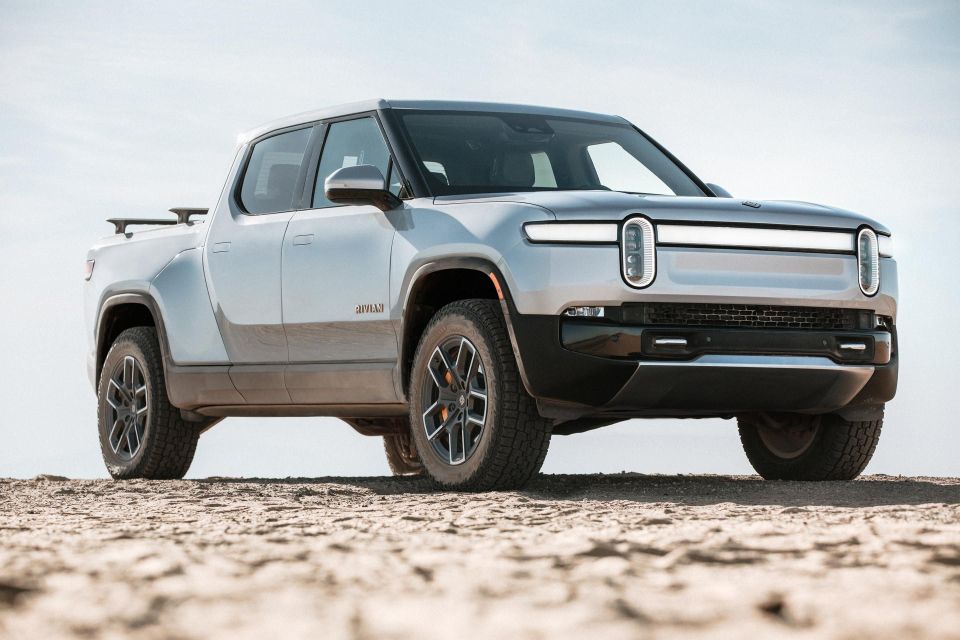
Rivian says it has analysed the principal laws in the US, European Union, China, Japan, United Kingdom and Australia relating to its distribution model, finding it will comply with the laws in each jurisdiction.
It cautions, however, “the laws in this area can be complex, difficult to interpret and may change over time, and thus require ongoing review” and says it hasn’t performed a complete analysis of all jurisdiction which it “may sell” vehicles.
In a section on data privacy legislation, it also mentions “large geographies which may become important to our future success, including Australia, Brazil, Canada, China and India”.
When contacted by CarExpert, Rivian hasn’t confirmed plans for an Australian launch, instead reiterating it’s focusing on its home market first.
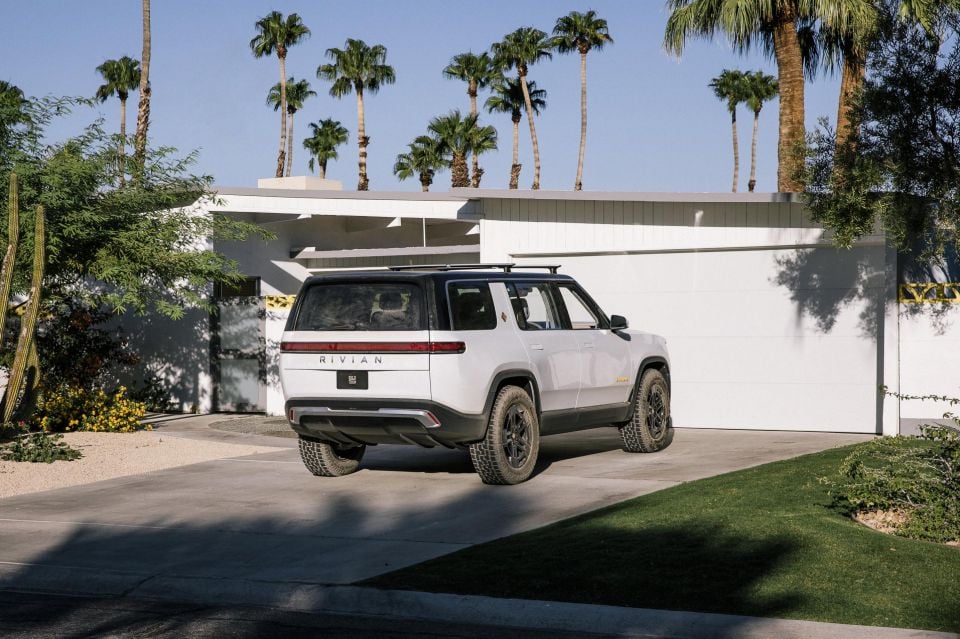
“In the near-term, we are targeting the pickup truck, SUV and commercial van market segments in the United States, Canada and Western Europe,” the company continues in its filing.
“We plan to achieve long-term growth by expanding in our existing markets, constructing a broad portfolio of vehicles and services with global appeal, entering major global automotive markets, strategically investing in our ecosystem, and expanding into adjacent verticals.”
These filings give us our clearest indication yet that Australia is in its plans, even if an introduction date has yet to be specified.
Other elements of Rivian’s long-term growth strategy include:
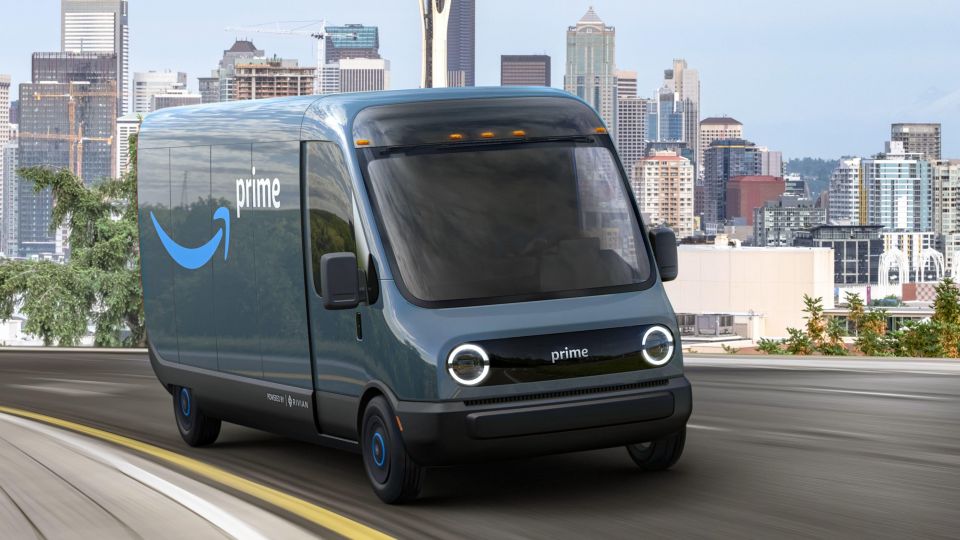
Rivian also says its expertise in managing what it believes will become “the largest centrally managed EV fleet” – its Electric Delivery Van (EDV) for Amazon – will help it unlock new business models, including autonomous mobility services for people and goods.
The company has just commenced production of its R1T electric ute, with the related R1S SUV entering production in December 2021.
The brand’s S-1 prospectus, filed with the SEC ahead of its IPO on the Nasdaq, reveals losses of US$426m in 2019, US$1.0b in 2020, and US$994m in the first half of 2021.
“We do not expect to be profitable for the foreseeable future as we invest in our business, build capacity and ramp up operations,” Rivian said in its S-1.
It’s worth noting, Tesla took almost 20 years to turn a profit so it’s not unusual for startups to burn money and return big losses as they ramp up.
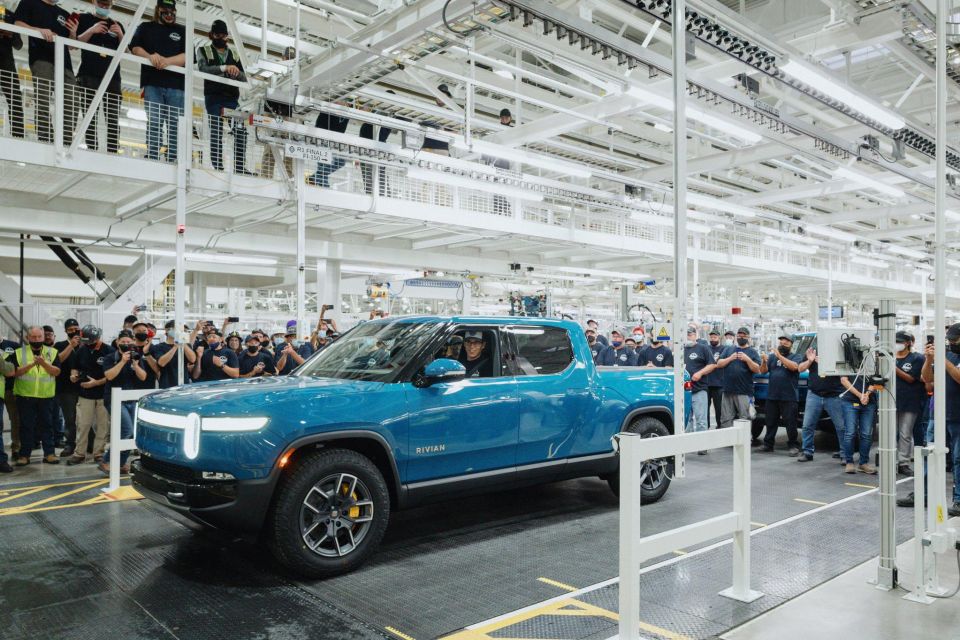
Rivian has 48,390 preorders for its R1T electric ute, each of which comes with a $1000 deposit, and says its factory in Normal, Illinois, can currently build up to 150,000 vehicles per year.
It plans to expand that capacity to 200,000 per year by 2023.
Not all of that capacity will be dedicated to the R1T and R1S; Rivian has a deal with Amazon to build 100,000 EDVs, the first 10,000 of which will be delivered in 2022.
The company is also rumoured to be looking at building both a second factory in the US, as well as a factory in the UK, and confirmed in the filing additional factories are in its plans.
Rivian has beaten its all-electric rivals to production, including the Tesla Cybertruck, GMC Hummer EV and Ford F-150 Lightning.
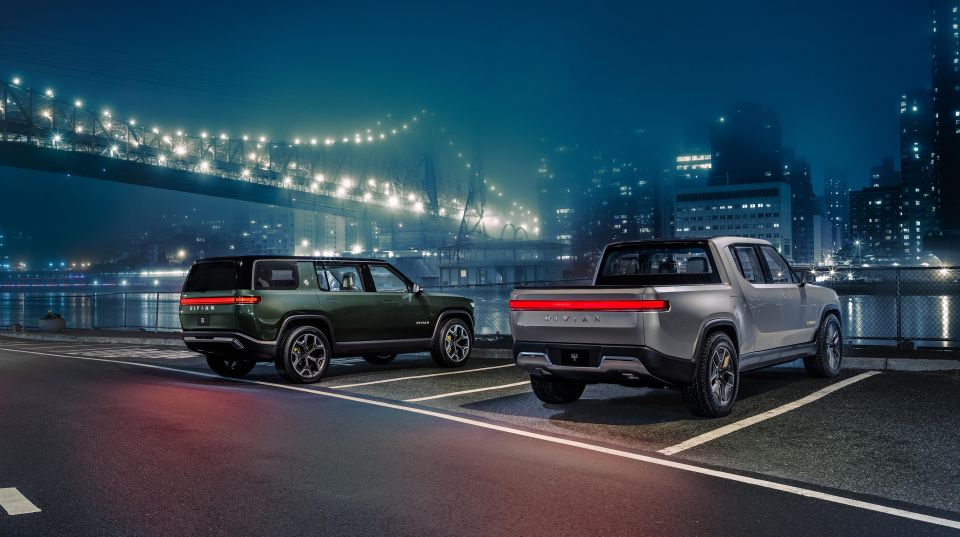
Manufactured in a factory once owned by Mitsubishi, the two-model Rivian range will be powered by a choice of three different battery packs, with capacities of 105kWh, 135kWh and 180kWh.
The R1T and R1S will offer up to 505km and 508km of range, respectively, and up to 596kW of power from a quad-motor all-wheel drive powertrain.
They’ll hit 60mph (96km/h) in 3.0 seconds in their fastest specification.
Both the R1T and R1S can wade through water up to 1m deep, while the R1T has a payload of 800kg and a 5000kg trailer weight rating.
Where expert car reviews meet expert car buying – CarExpert gives you trusted advice, personalised service and real savings on your next new car.
William Stopford is an automotive journalist with a passion for mainstream cars, automotive history and overseas auto markets.


Ben Zachariah
8 Hours Ago


CarExpert.com.au
16 Hours Ago


Damion Smy
1 Day Ago


Damion Smy
1 Day Ago


Damion Smy
2 Days Ago


Damion Smy
2 Days Ago